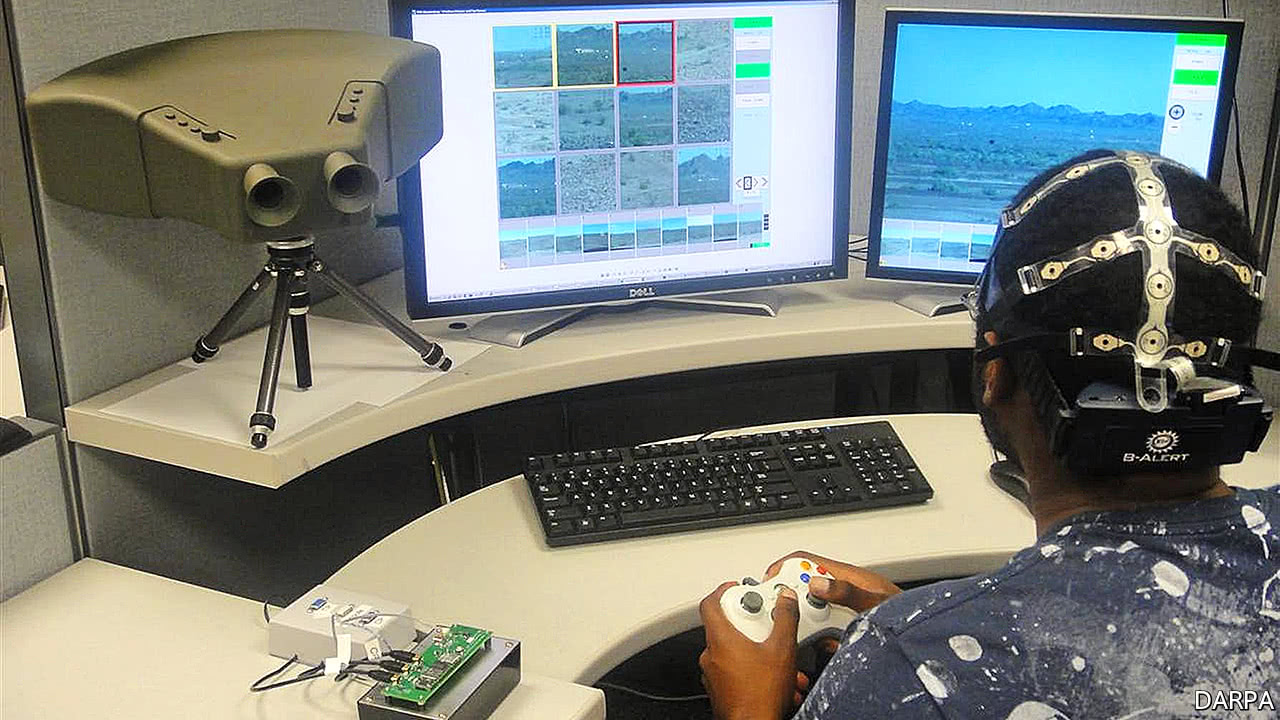By Tony Dalton
Introduction
On January 1, 2017, Indian and Pakistani diplomats exchanged official lists of the nuclear facilities located in their respective countries. According to news accounts at the time, this was the 26th such annual exchange of lists, pursuant to a 1988 bilateral confidence building agreement not to attack each other’s nuclear installations.i The fact that this exchange has been implemented without interruption, during periods of both calm and military crisis, makes it the most enduring nuclear confidence-building measure (CBM) on record in South Asia. At the same time, the banality of this exchange suggests that the agreement has little practical contemporary meaning for peace and security in the region.
When the non-attack agreement was originally negotiated, both countries’ nuclear weapons enterprises were relatively small and secretive, and fears (in Pakistan, at least) of a surprise attack on nuclear facilities had been rampant for several years.ii The agreement in theory helped allay concerns that nuclear facilities could be attacked purposefully, either by surprise or during a conflict, thus mitigating the potential humanitarian or environmental consequences that might result.
Over time, however, the agreement has proven to be merely symbolic and its potential as a building block for enhanced confidence has remained limited. It was never backed by verification provisions, for example. During the period prior to 1998, in which neither state had openly declared its nuclear weapon status, it was widely assumed that both sides omitted nuclear weapons-related facilities from their respective declarations.iii It is almost certainly the case today that neither side declares sites associated with nuclear weapons storage and operations, and perhaps other facilities as well. Any stabilizing influence the agreement contributed in the past has long since dissipated.iv









/arc-anglerfish-arc2-prod-mco.s3.amazonaws.com/public/Y2MV62N7ZRGABLUIZLJWHWVYEY.jpg)

/arc-anglerfish-arc2-prod-mco.s3.amazonaws.com/public/FT745LDP25E77HLFQNCV7TZO5E.jpg)




